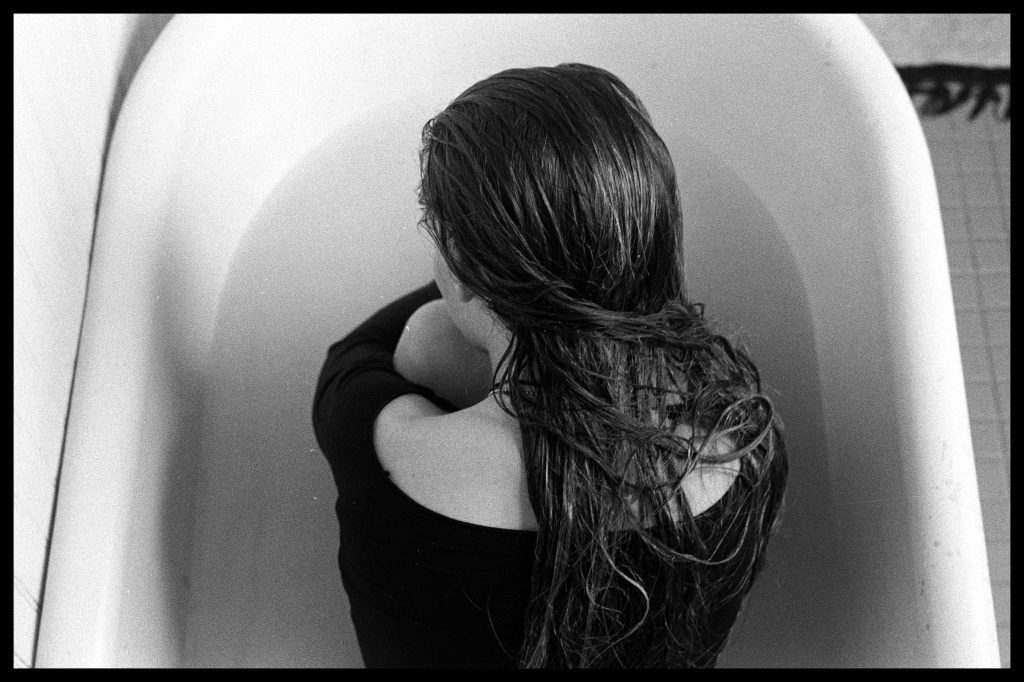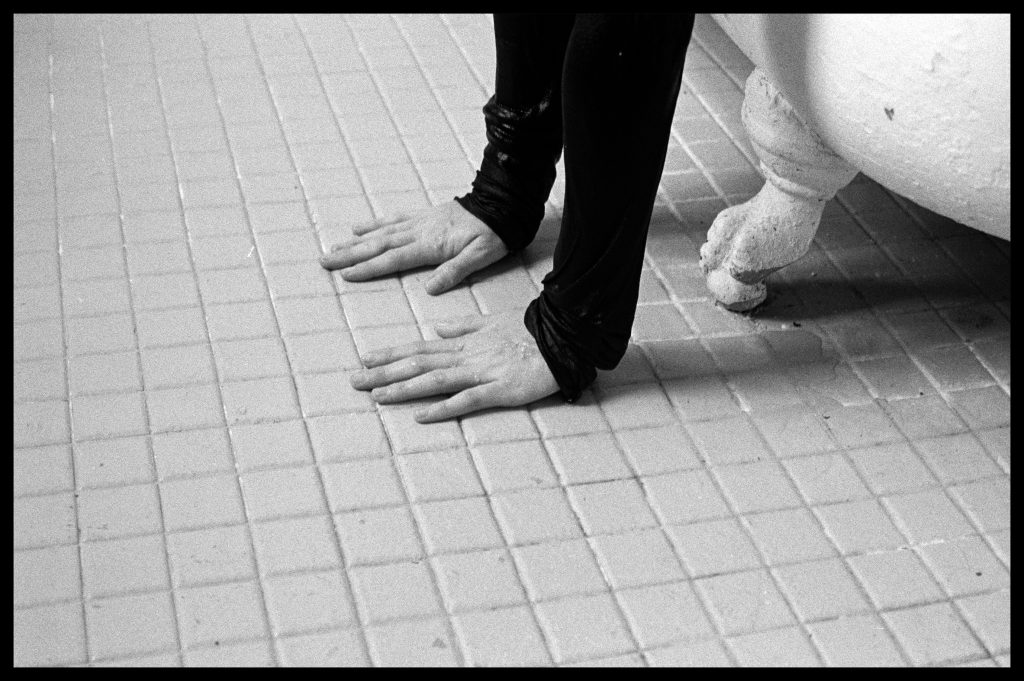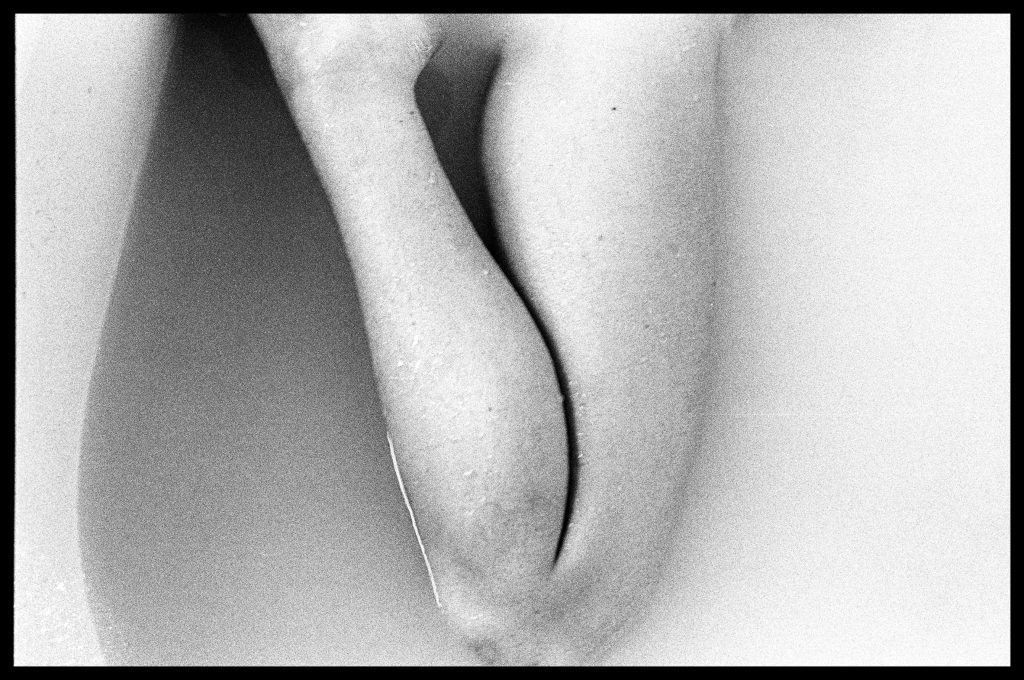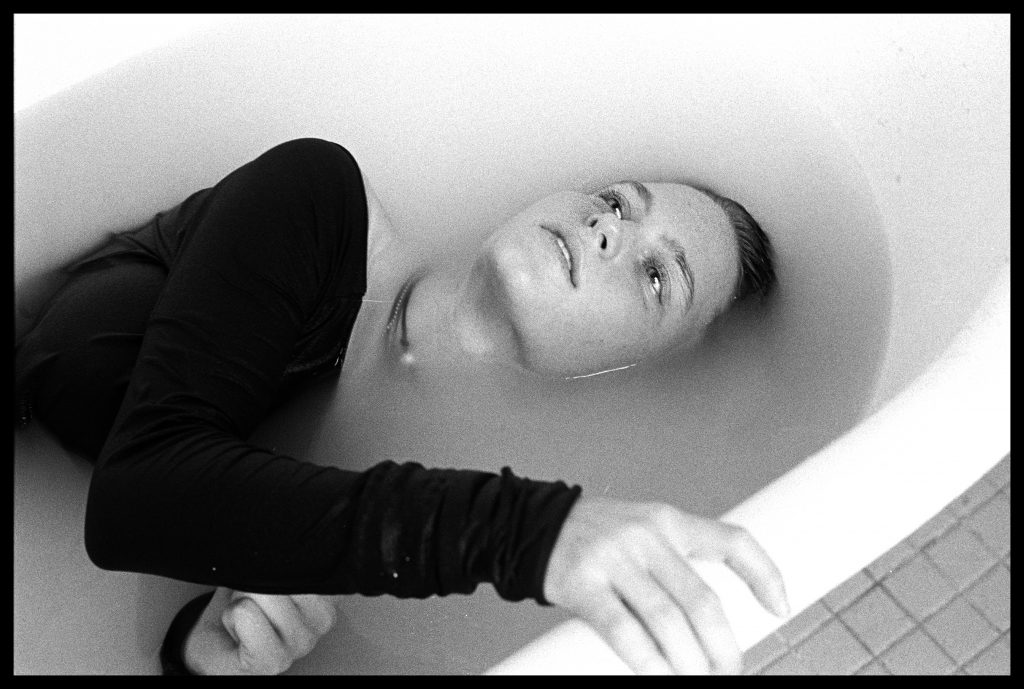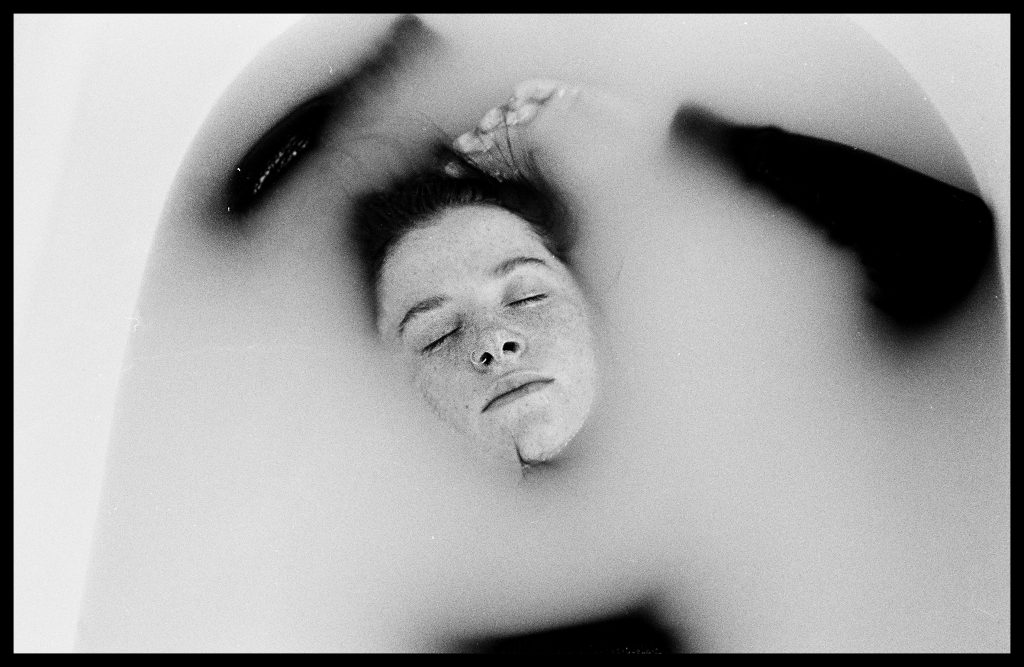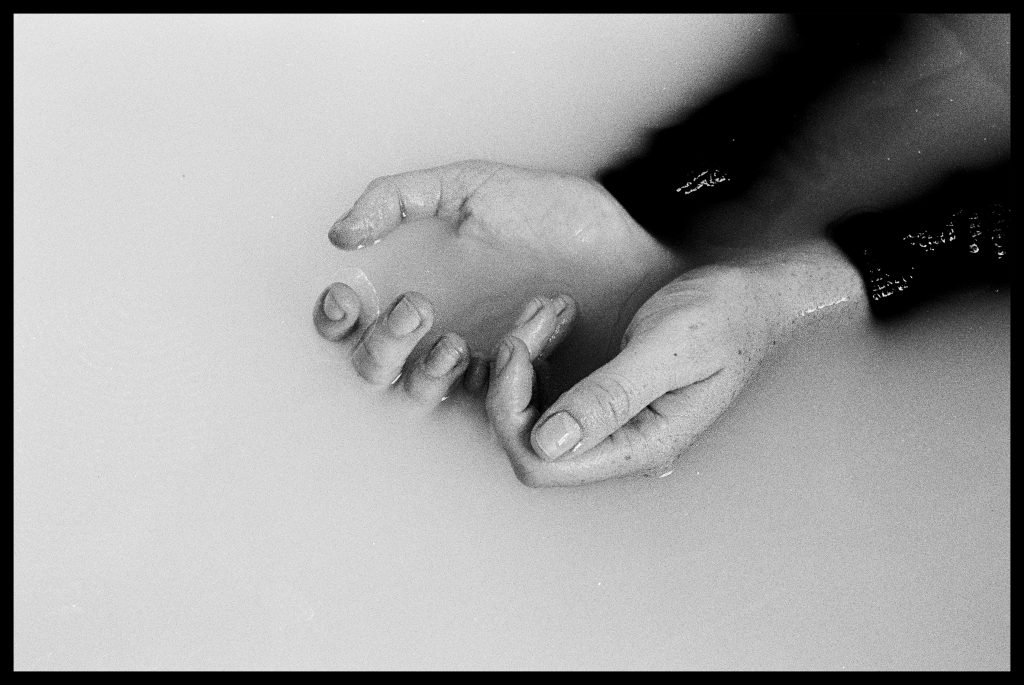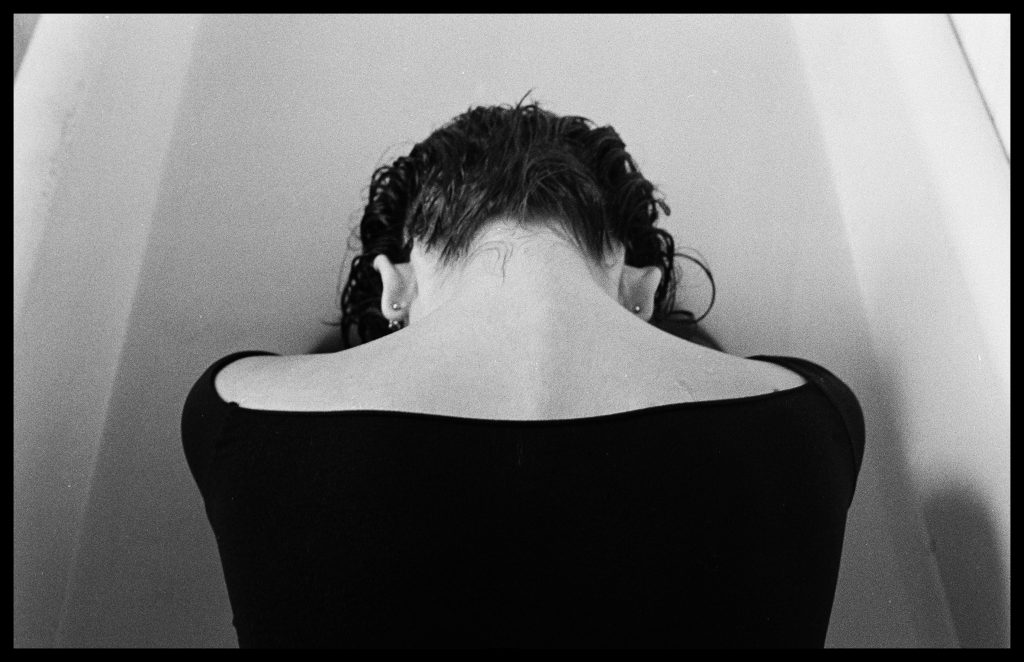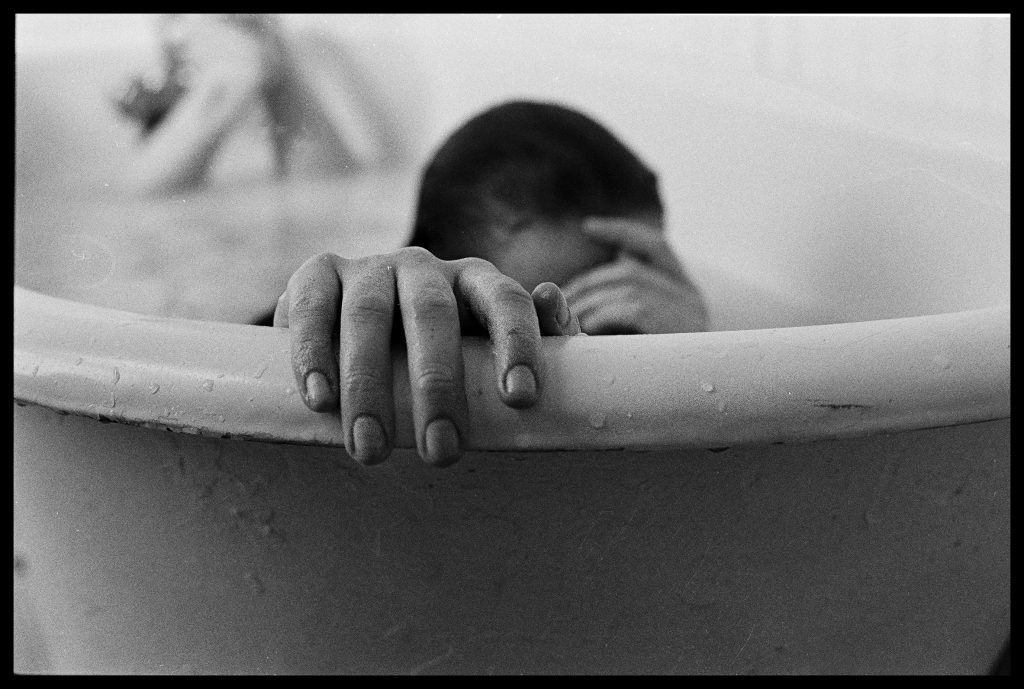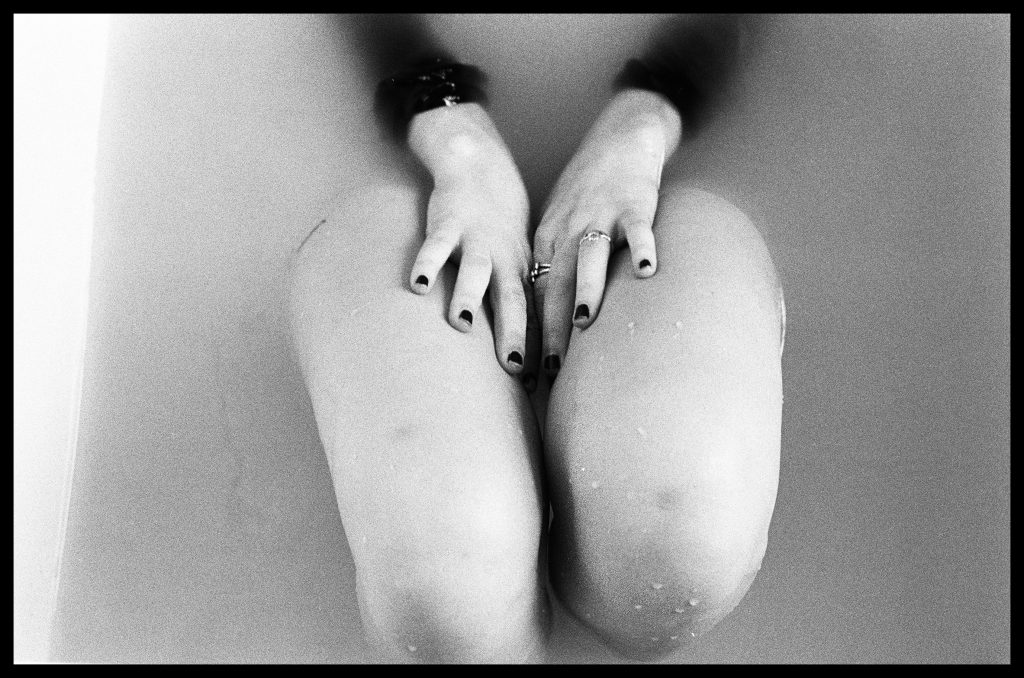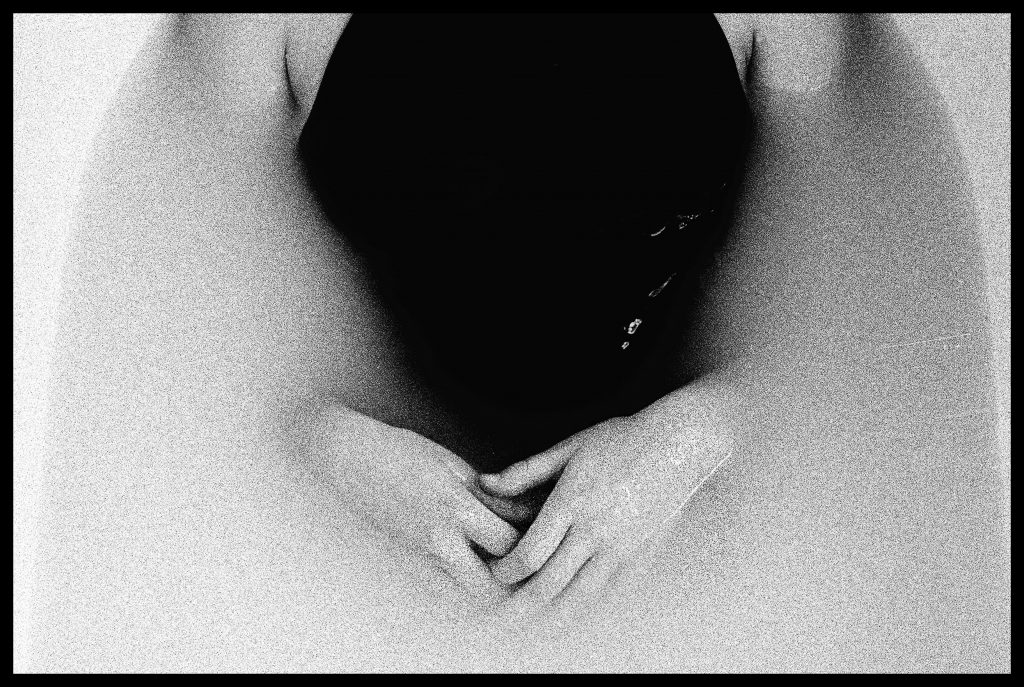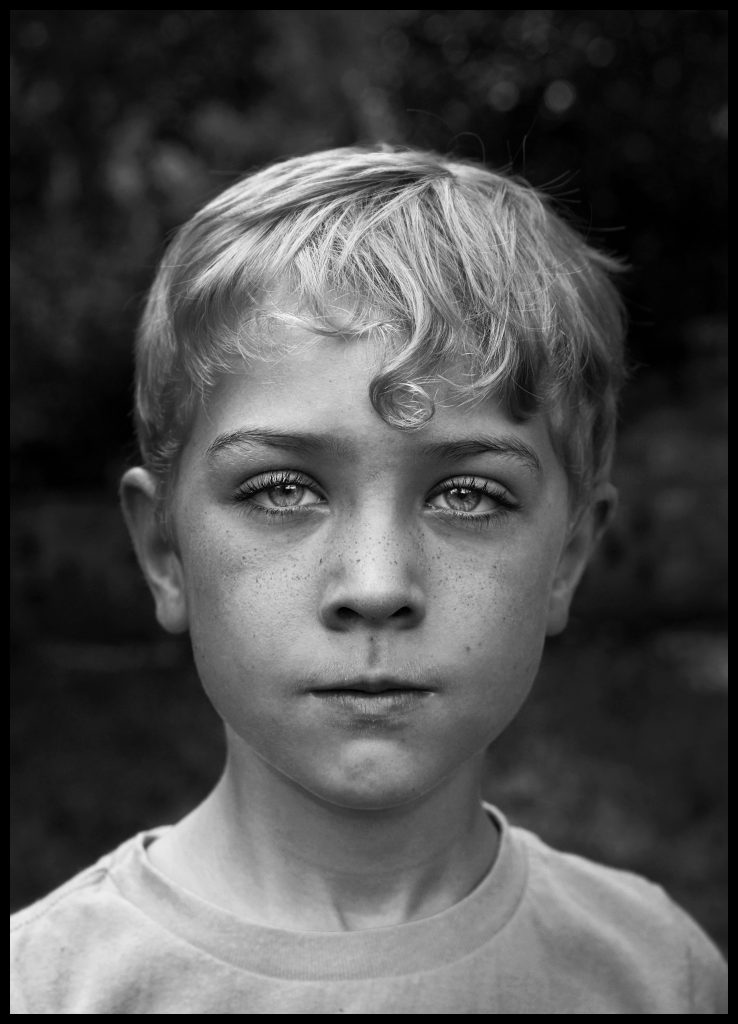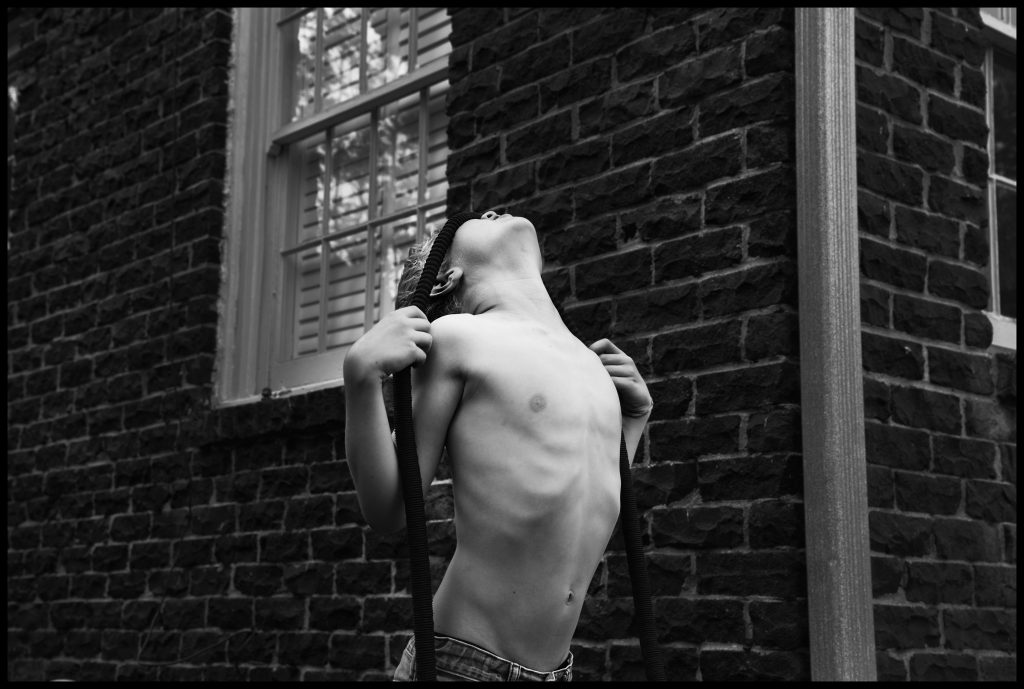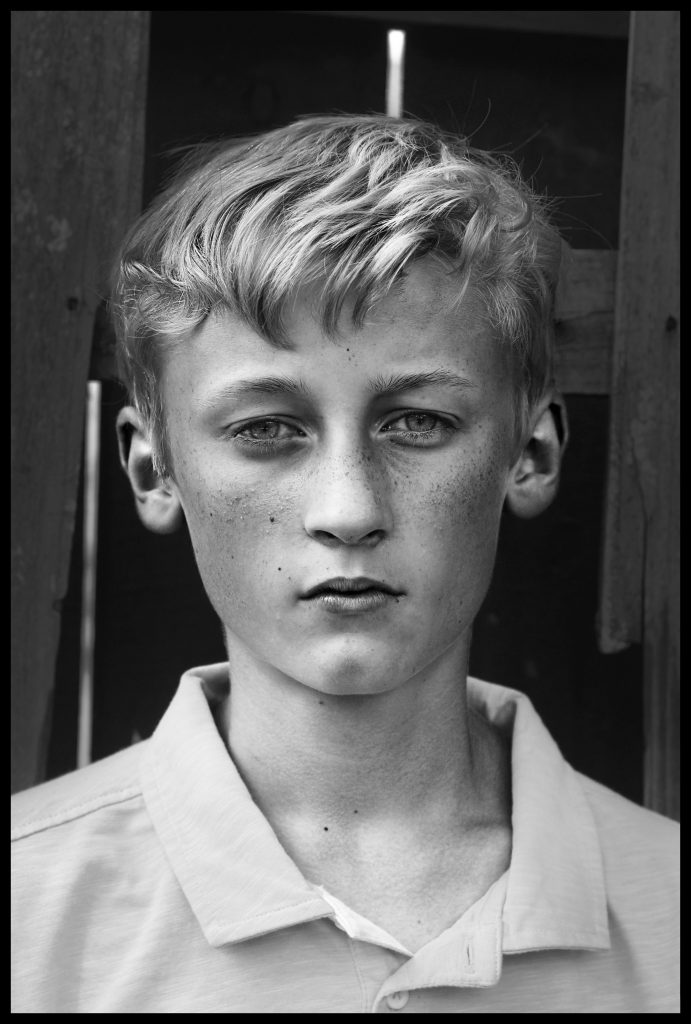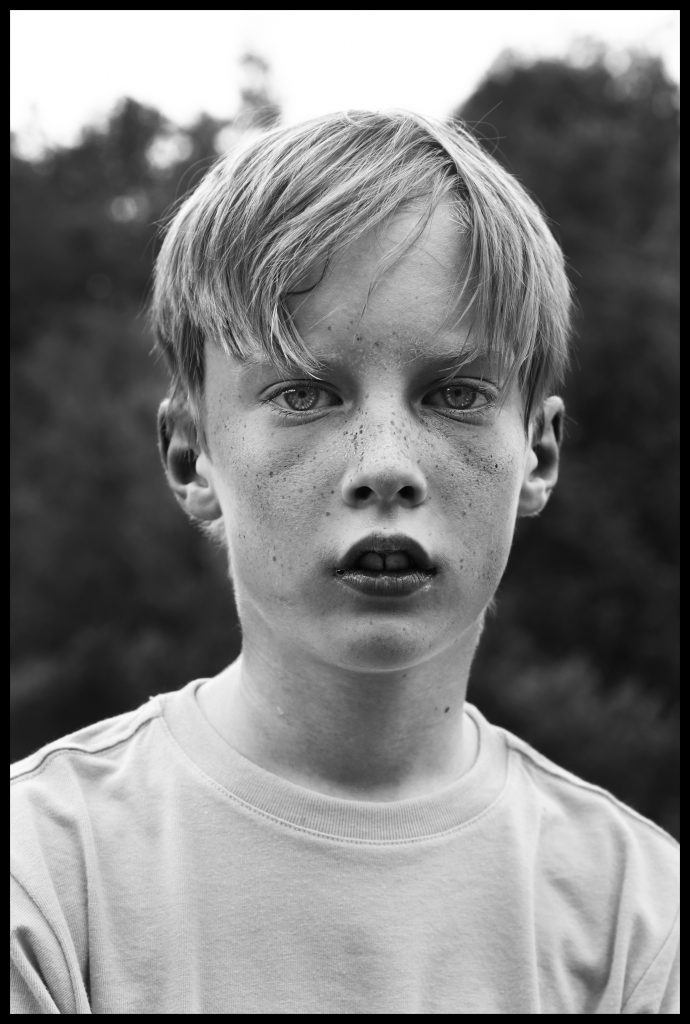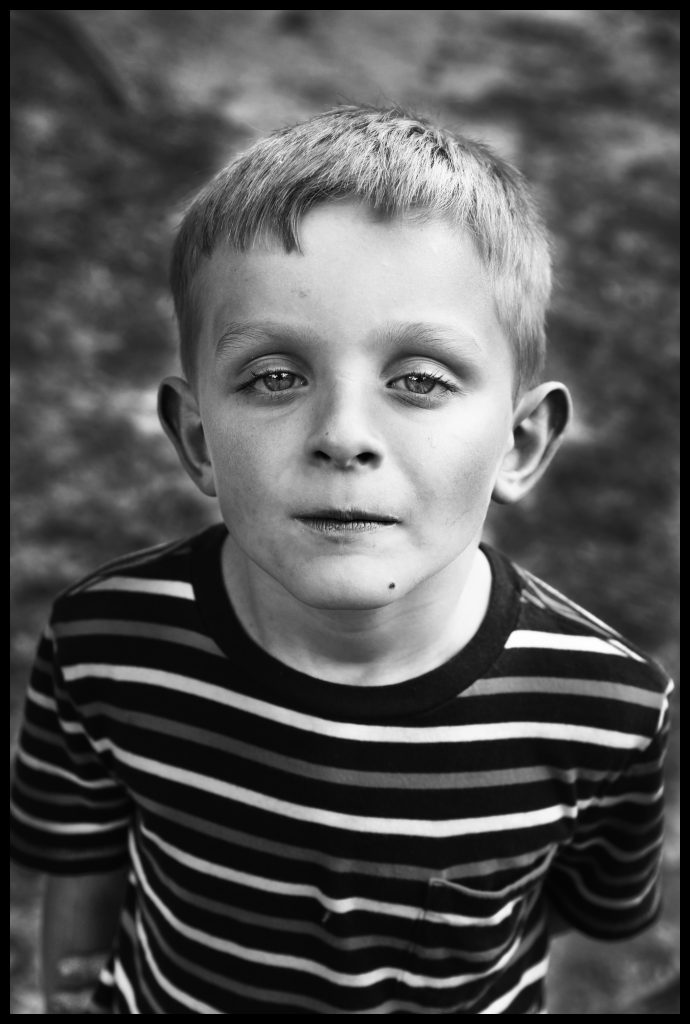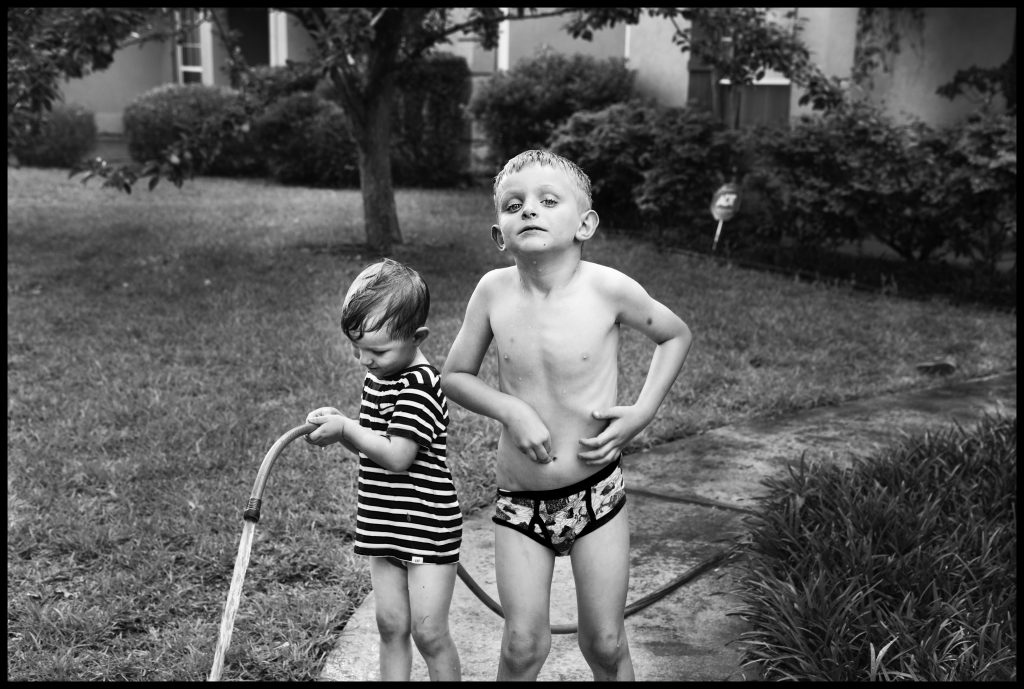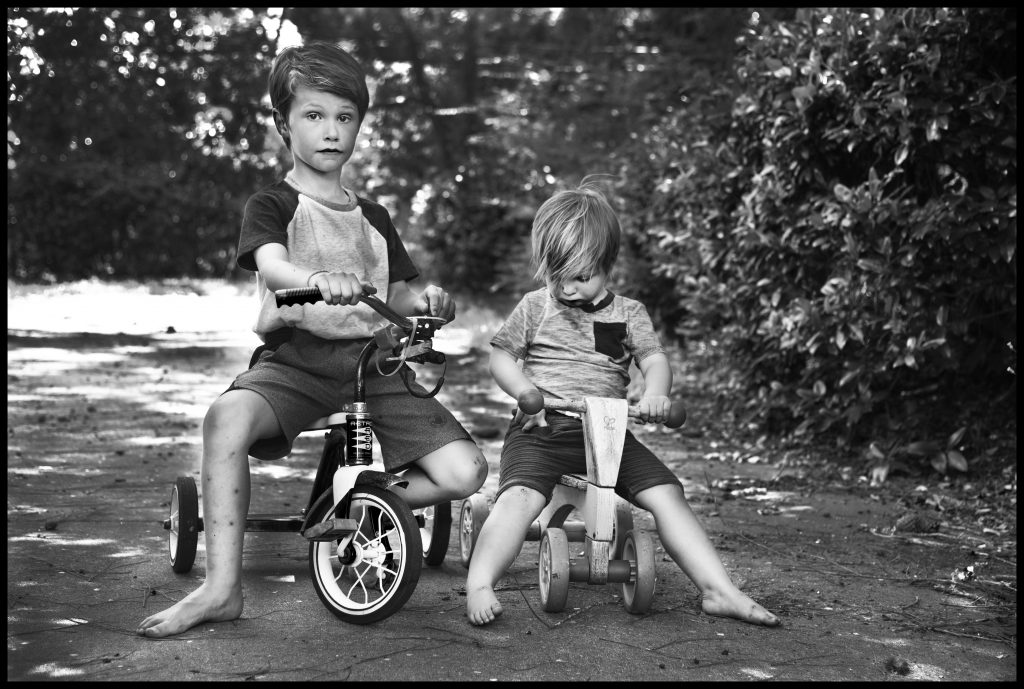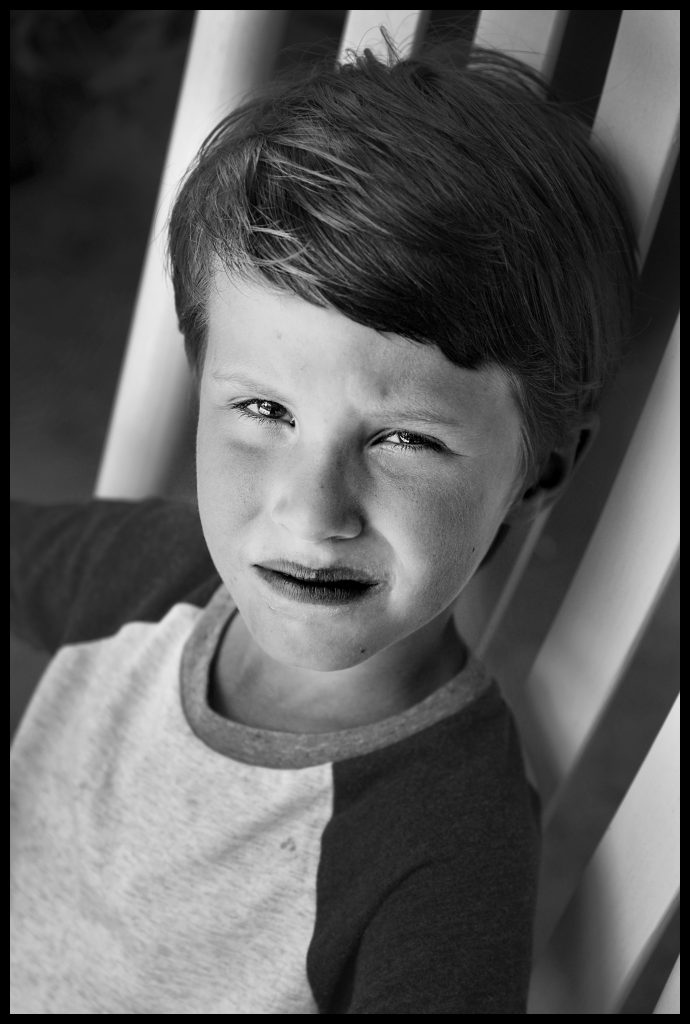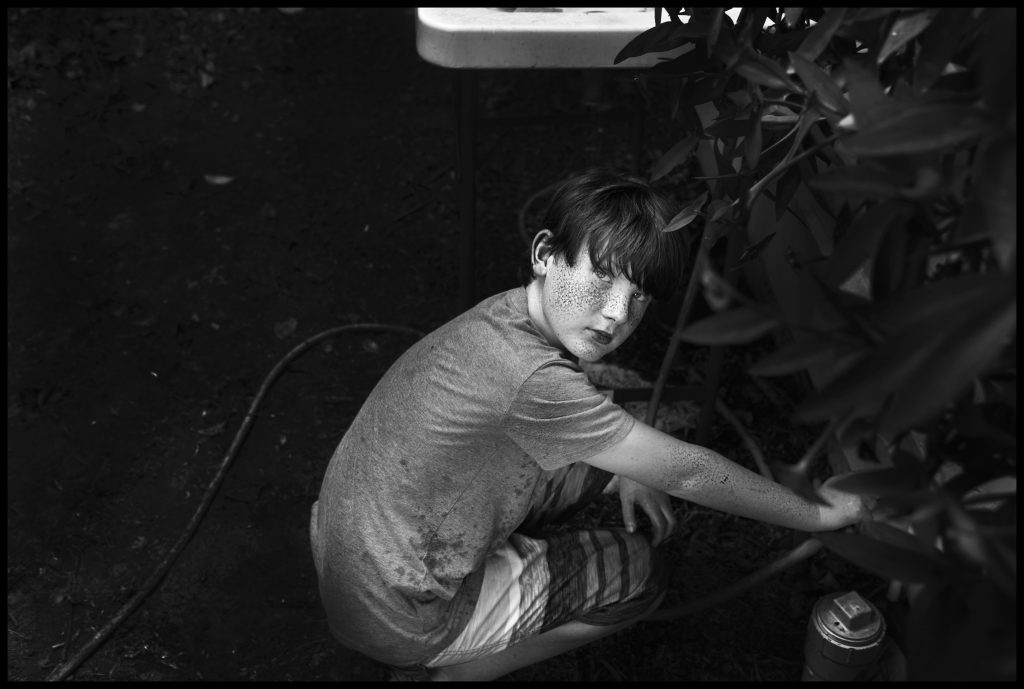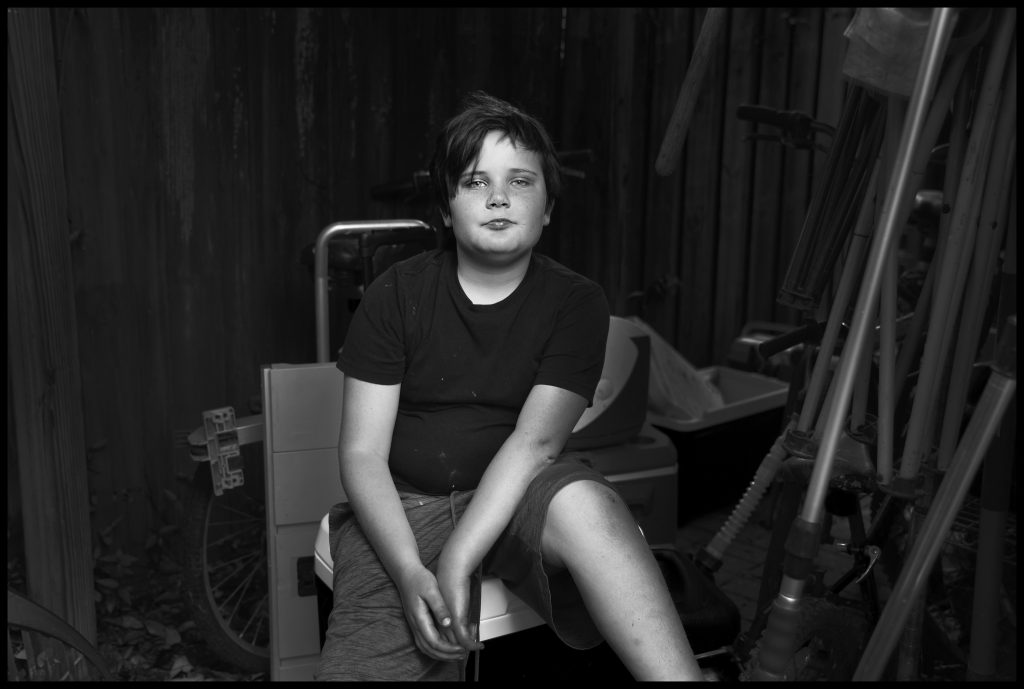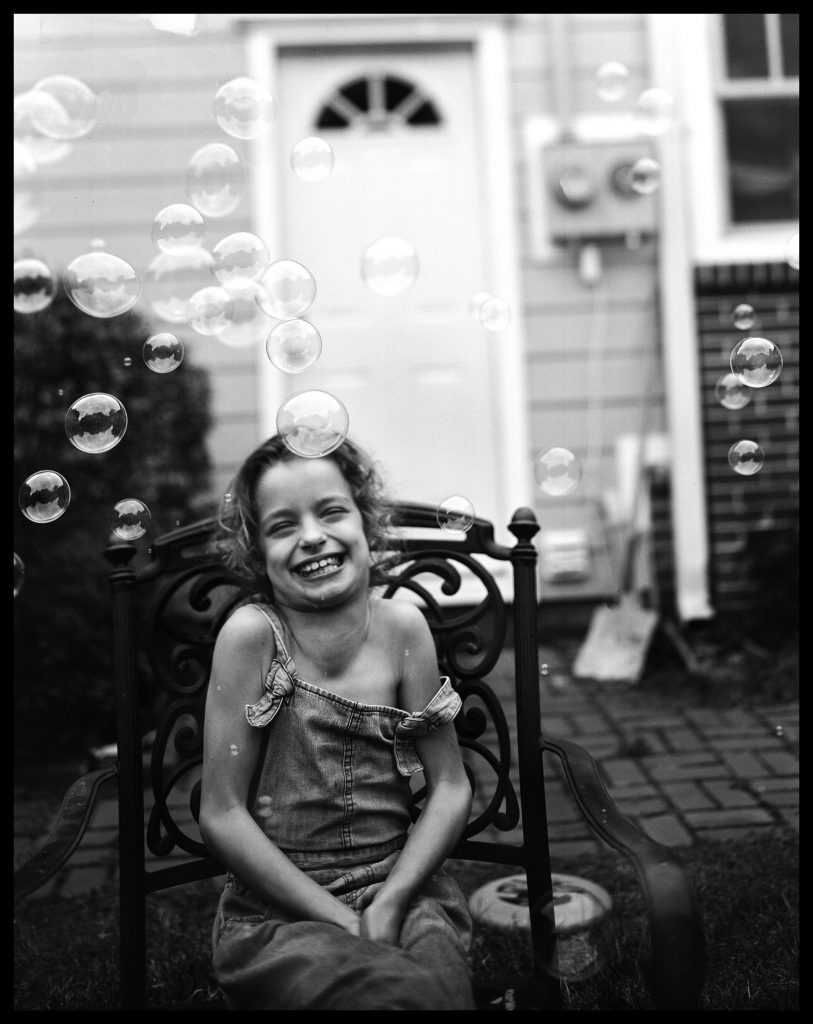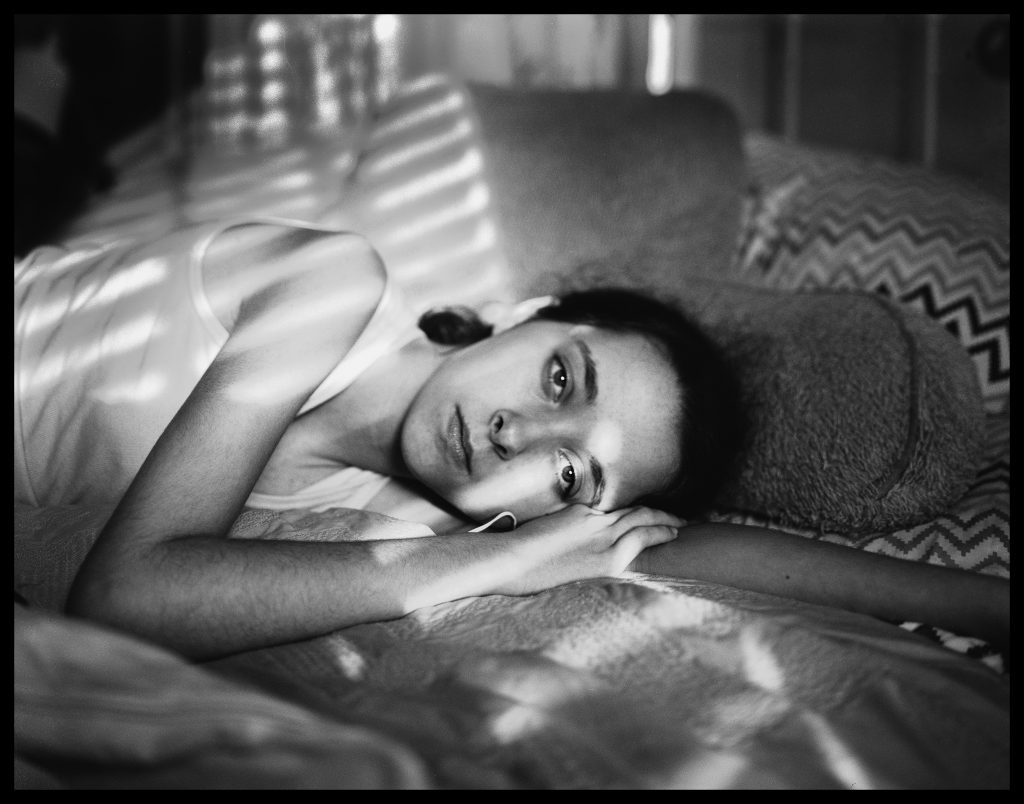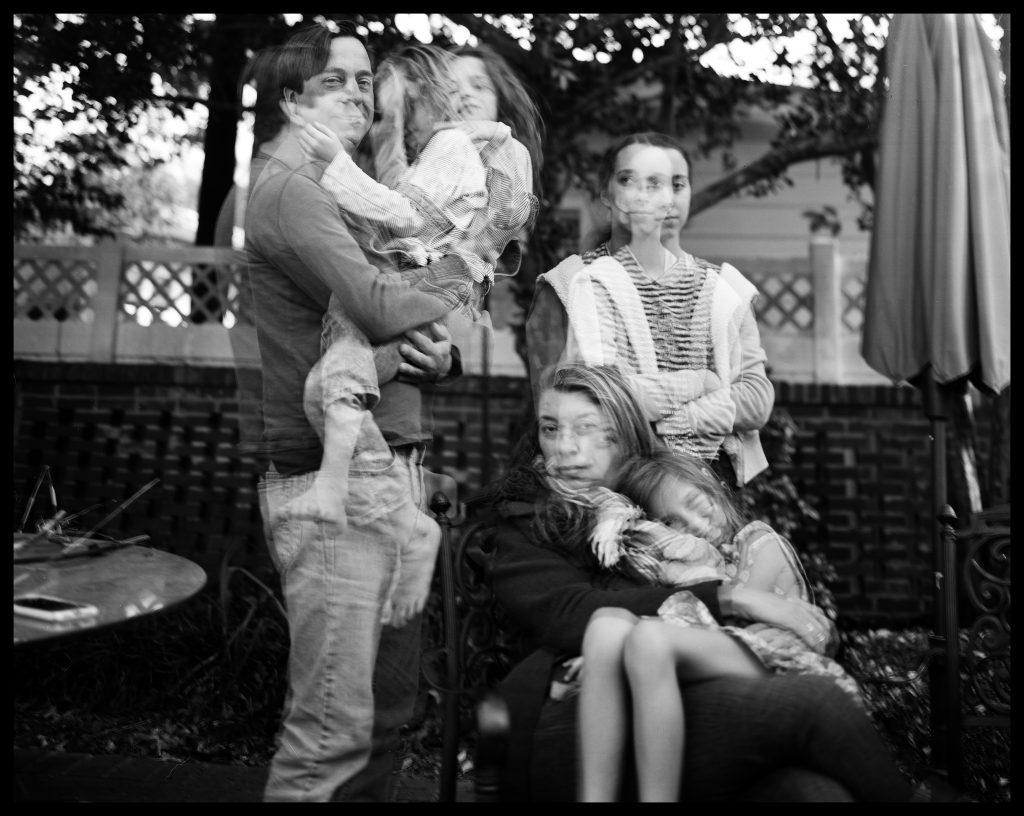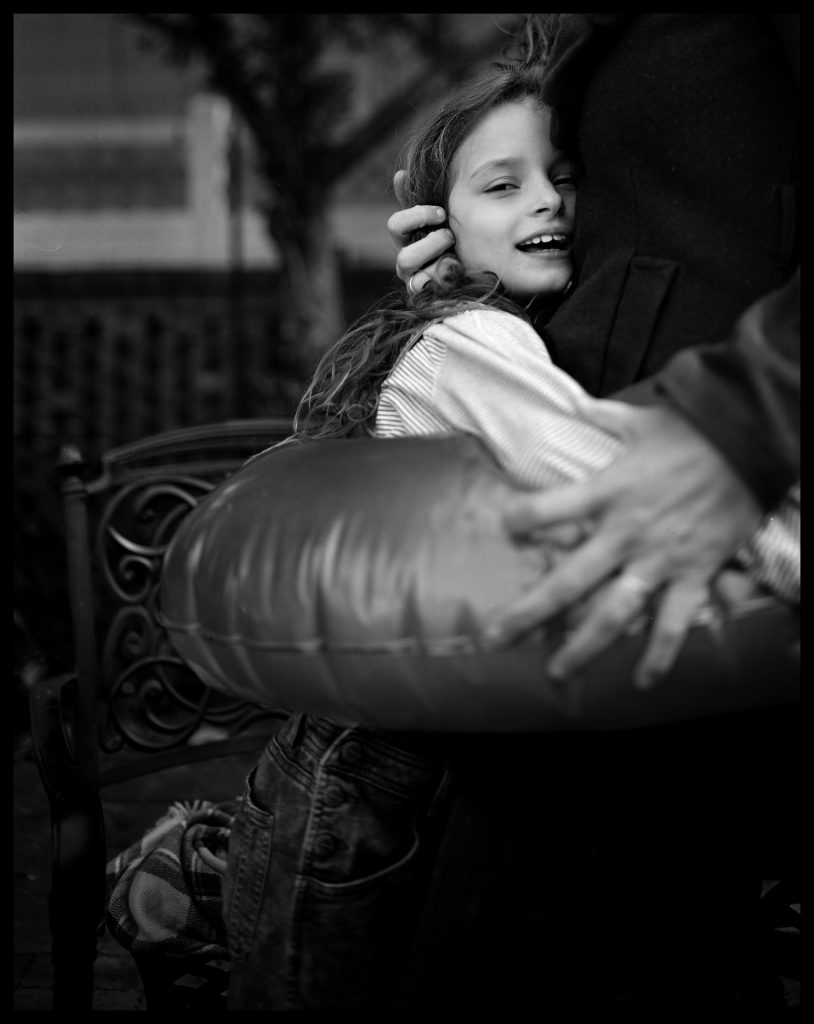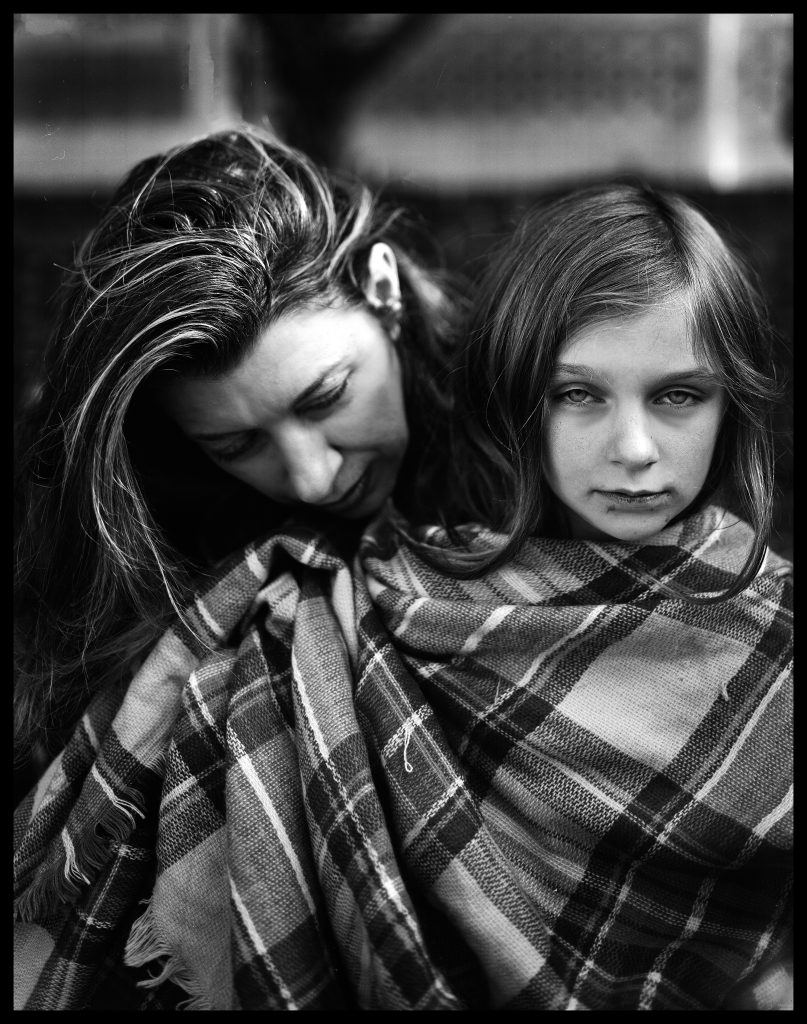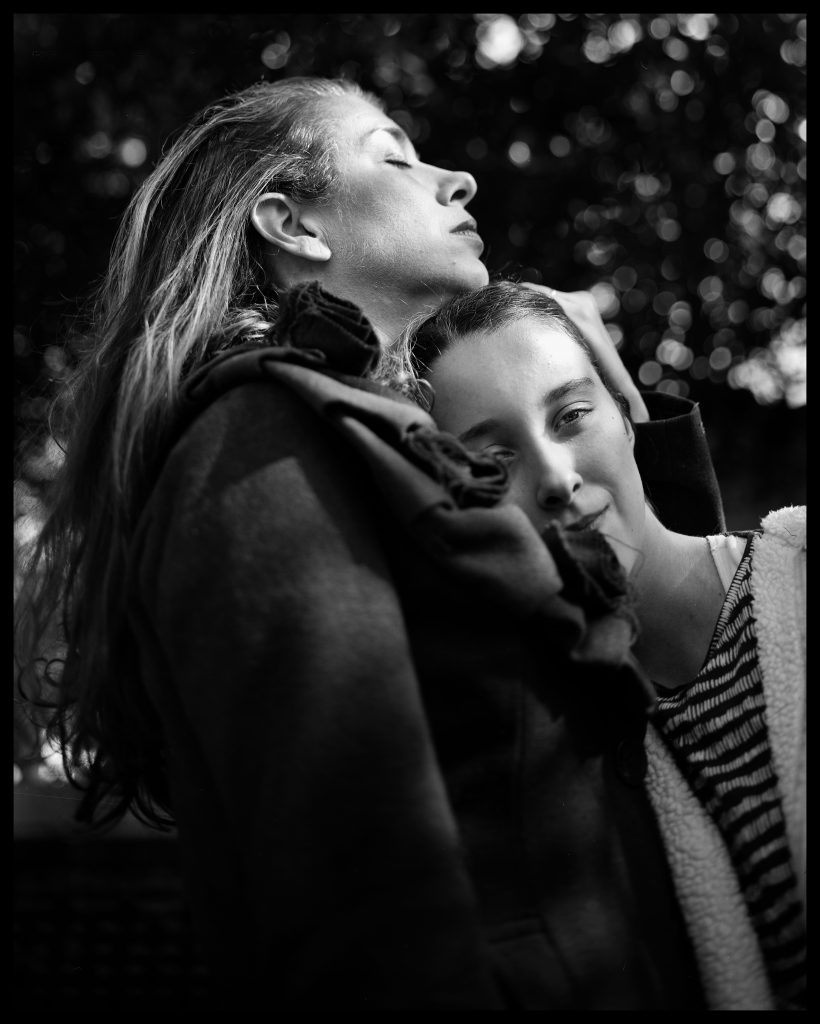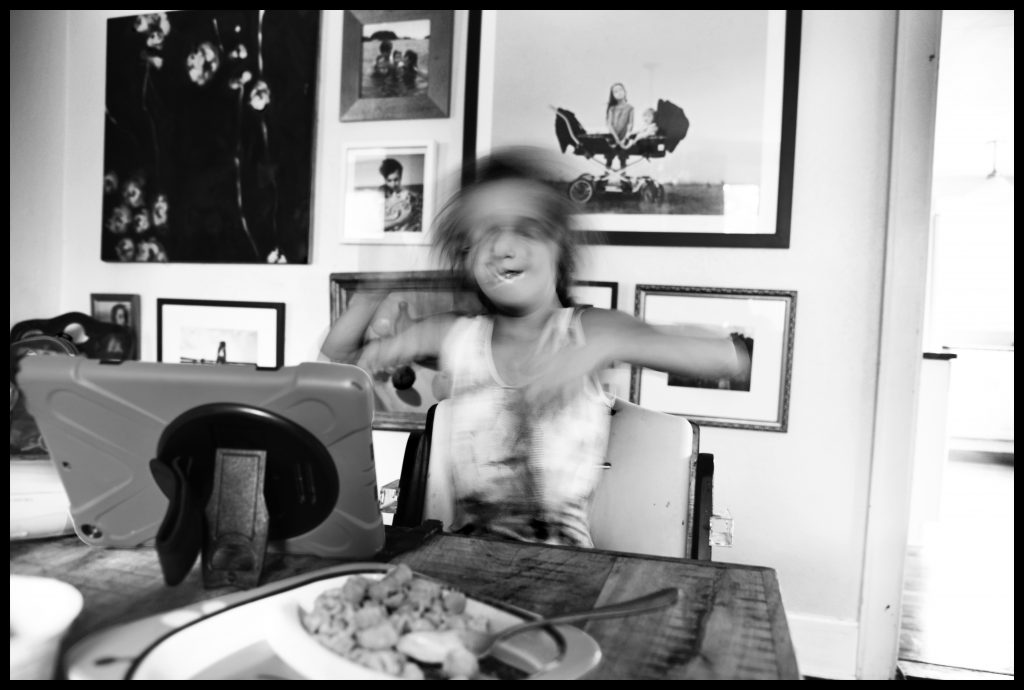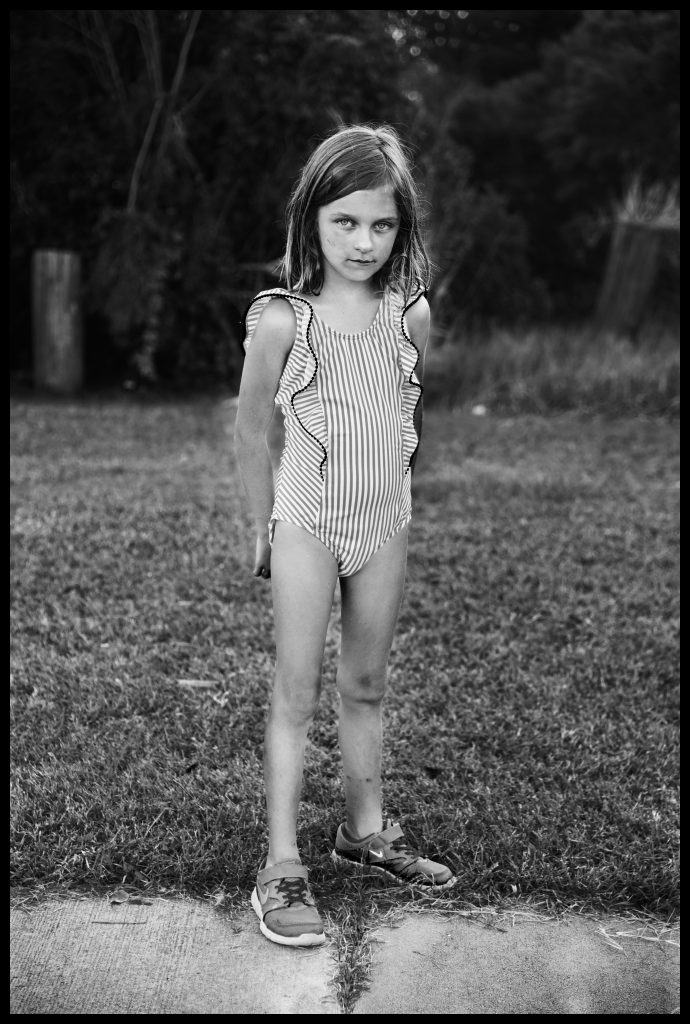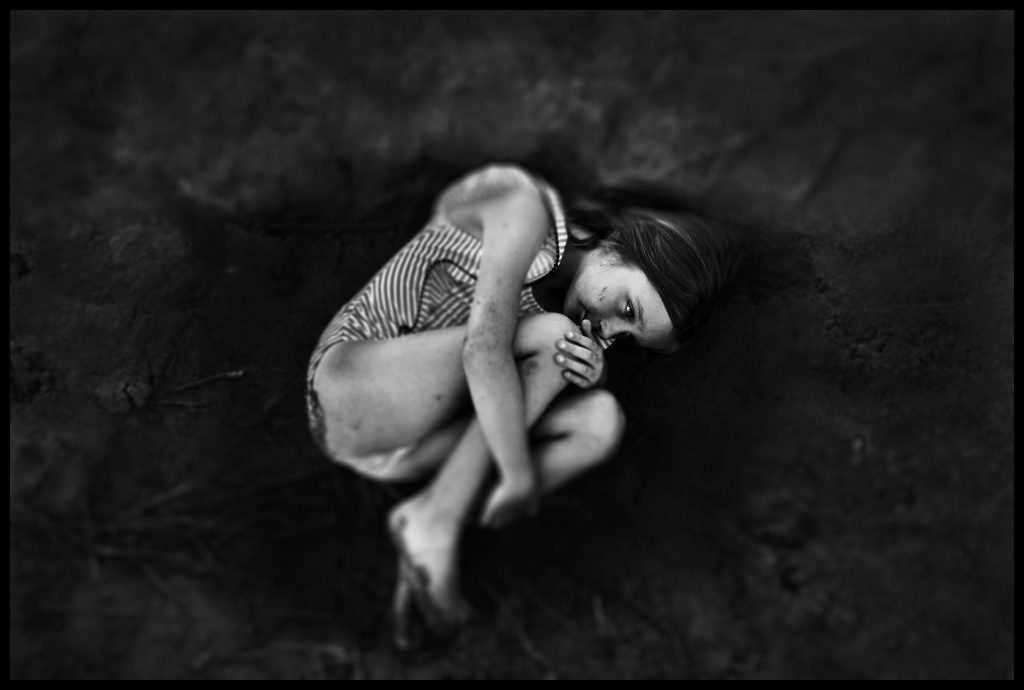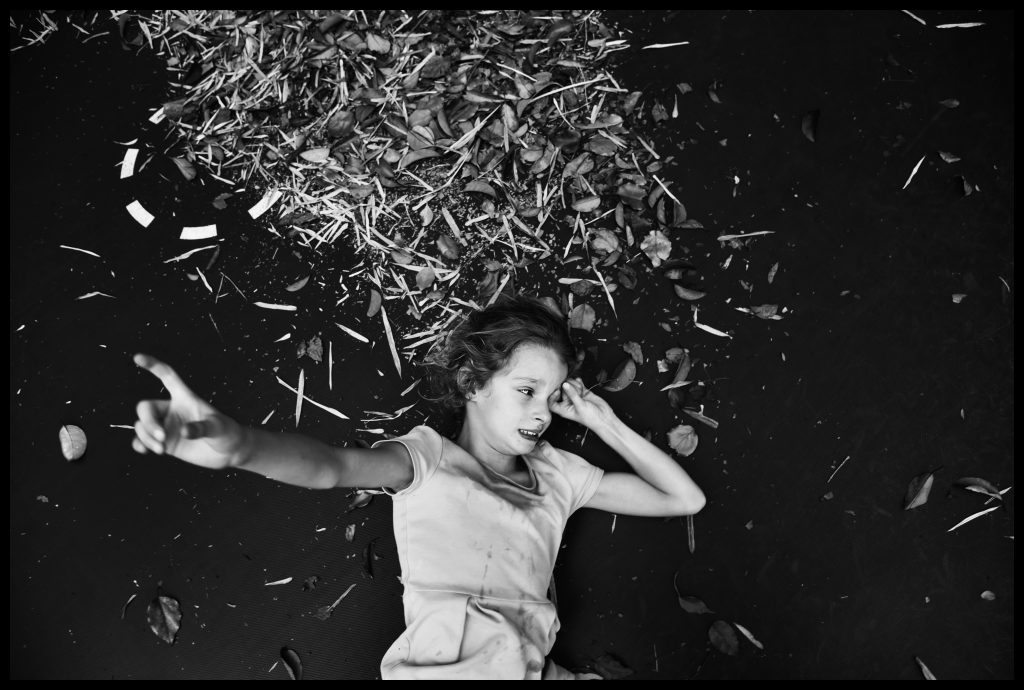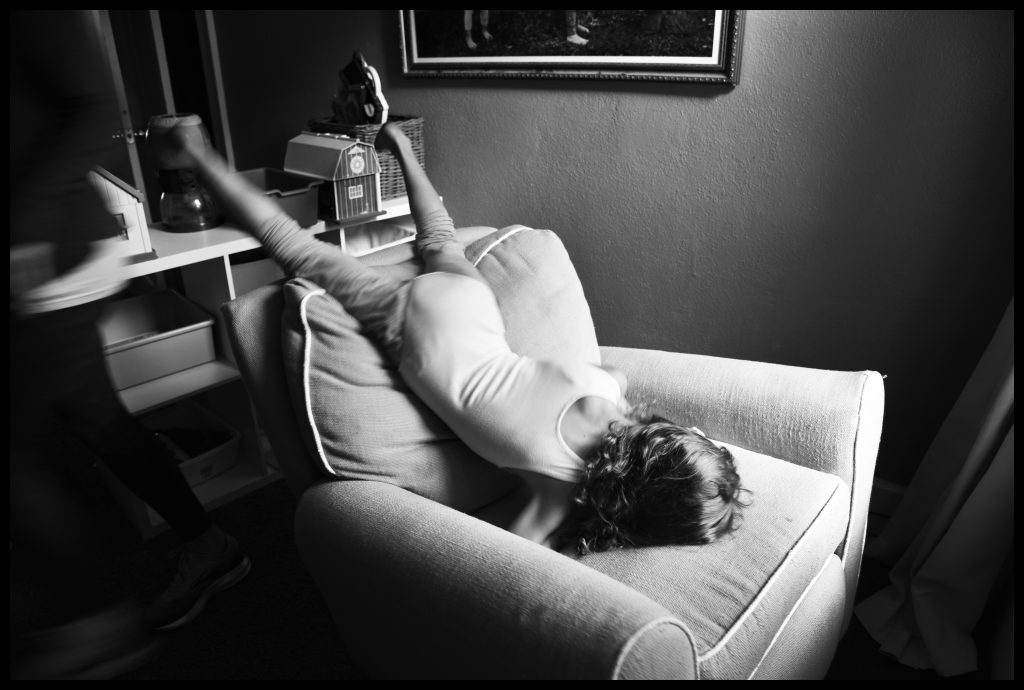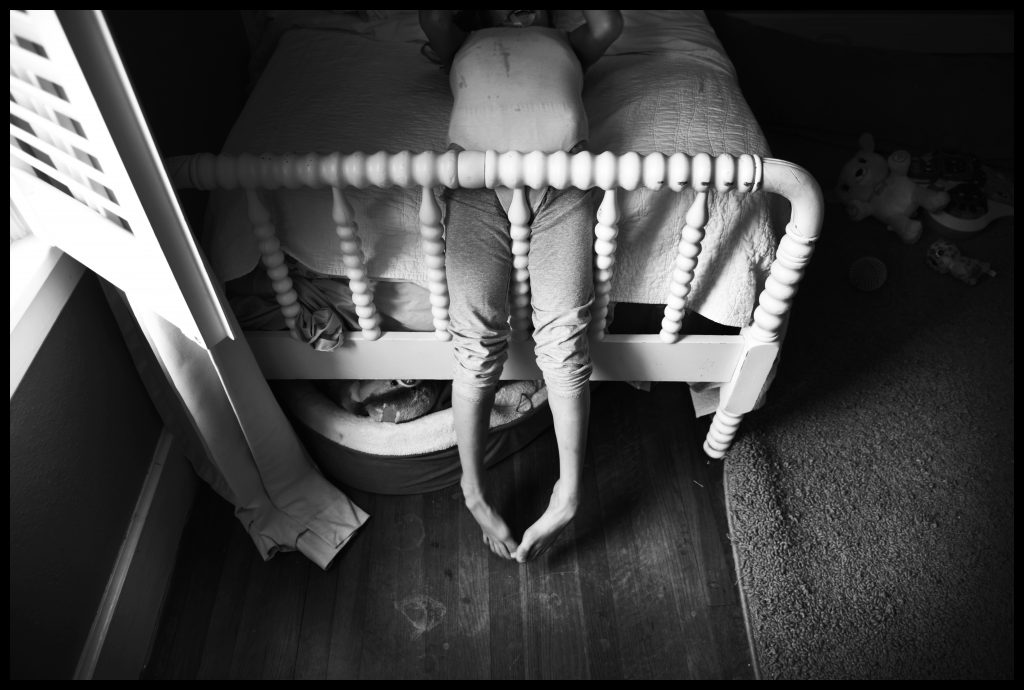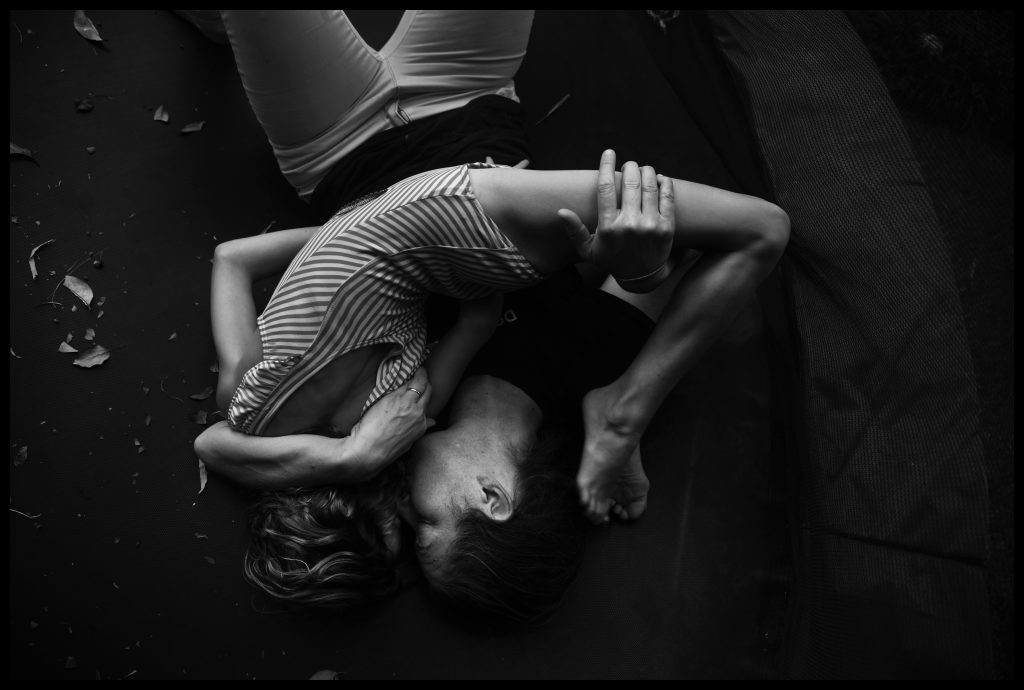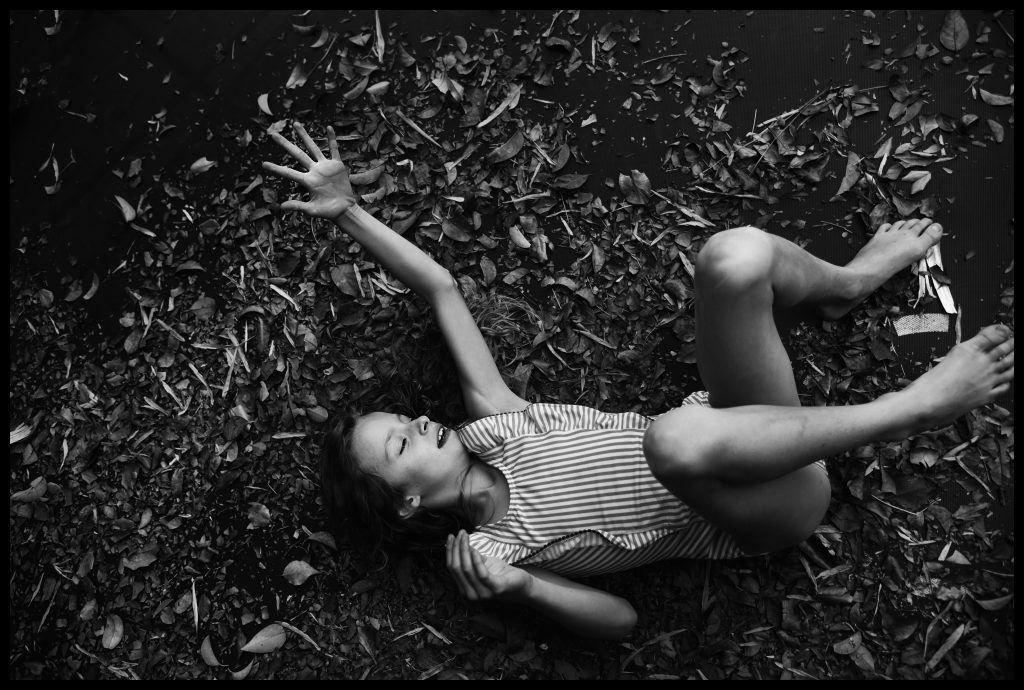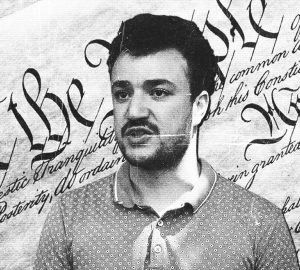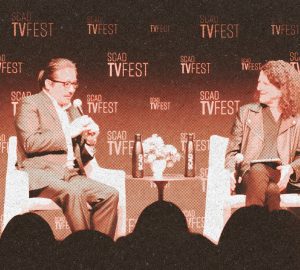The Connector reaches out to Robin Maaya, a 4th year photography student.
When did you start your photography journey and what does photography mean to you?
I started photographing when I was about six or seven years old. My great
grandfather was a photographer and passed down his love to me through cameras and an immense amount of knowledge on the subject. I started by photographing my young cousins and eventually girls I danced with, kids I went to school with, and kids that I babysat. When I first got to SCAD, I was photographing my friends and my common demographic until I had a change of heart after photographing children again for the first time in a while. Since then, I have specifically marketed myself to photographing children by doing projects focusing on childhood in Savannah.
Photography, to me, means healing. Whether it be used to tell my story of
remembrance, acceptance, or resilience, it has been my savior in every capacity. Without producing photographs I never would have found my most successful coping mechanism.
Where do you attain your inspiration for your work?
I am constantly inspired by the life that is emanating around me. I habitually have two kinds of work cascading out of me simultaneously. I have my photographs that are inspired by my own story and I have photographs that are inspired by the stories of people around me. Both bodies of work being a tool to heal my present self and my inner child. To me, they feel like fraternal twins within me; they are of the same creator, but unique to themselves in every way. At present, I find my inspiration lying in the hands of children. Whether it be children I nanny or meet only once, children carry with them a fearlessness and immense amount of wisdom within their unscathed adolescent minds. I crave that intrepidity so deeply and find myself documenting children as a way to bring myself closer to those desires.
What is your creative process like per shoot?
My process when making photographs differs from person to person, but the one thing that remains true in every path of my work is connection. My photographs rely so heavily on a deeper relationship between the subject and myself and their relation to the camera. As of late, I have been shooting predominantly film when photographing which brings forth an entirely different creative process. When shooting with 4×5 film, you are already forced to slow your roll and bow down to the wooden beast that is the Wista Field 45; but, add in the factor of shooting with children and it alters the process even more drastically. I am usually a quick worker and can create a solidified connection with my subject matter within a few minutes, but, with this particular analog camera, you must work at a much slower pace, but you are then gifted with a more dominating representation of interconnectedness.
What impact do you want to have on the industry?
I would be absolutely satisfied if my impact on the industry was simply to make people question their ideations related to the power children possess in a photograph. Although there are people who are aware of this phenomenon, many people who are in my demographic within the photographic community are less than excited about photographs of children. I do not blame anyone for this preconceived idea because we, as aspiring professional photographers, have been trained to evade the “family photo” world. I want to make people question their opinion on photographs of family and the humdrum of life. There is magic that is created in the world of fine art, fashion, and commercial locality, but there is an uninhibited, idiosyncratic, and ethereal cloak of authenticity that comes with photographing the mundane.
What project(s) are you currently working on?
I am currently working on multiple bodies of work in unison. My current priority, however, is a body of work entitled, “Home Away From Home” and is the documentation of the family I have been nannying for for about two and a half years. This family is peculiar in the most captivating way. Within this family is Chrissy and Scott, and their three children Alexa (16) and twins Ruby and Ava (9). Ruby and Ava are fraternal twins that live in harmony despite their obviously different experiences of childhood. Ruby is non-verbal autistic and has cerebral palsy – so, needless to say, their daily lives are unique and chaotic in the most elegant way. On April 30th I will be showcasing the work that I have done with this family along with the photographs from various stories on childhood at my senior exhibition. Although I am pulling this story together for a final showcase, our relationship does not end there. I plan to continue to work with this family for as long as they will invite me in with a front row seat to their individual experiences of childhood.
Is there any advice you’d like to leave to other aspiring photographers or SCAD students?
I think that the most valuable piece of advice that I could leave for anyone in this field – SCAD related or otherwise – is to, and I quote the great Sally Mann, “Photograph what you love”, and open yourself up to “the angel of uncertainty”. By this I mean that you do not have to do what everyone else is doing to be successful, if your passion resides heavily in one area, hold that close to your heart and know that you feel that interconnectedness for a reason, so run with it. As far as the “angel of uncertainty”, let the mistakes happen. They are vital to making powerful work and they may prove themselves to be even more important than the accomplishments and perfect photographs that come few and far between. Do not question your process as it is your most useful tool. Do not force a story out of your photographs, let your photographs do the talking. And, lastly, be open to unrevealed concepts because if you open yourself up to opportunity, endless possibilities will lend themselves to you.
To see more of Maaya’s work, you can visit her Instagram and her website.

























